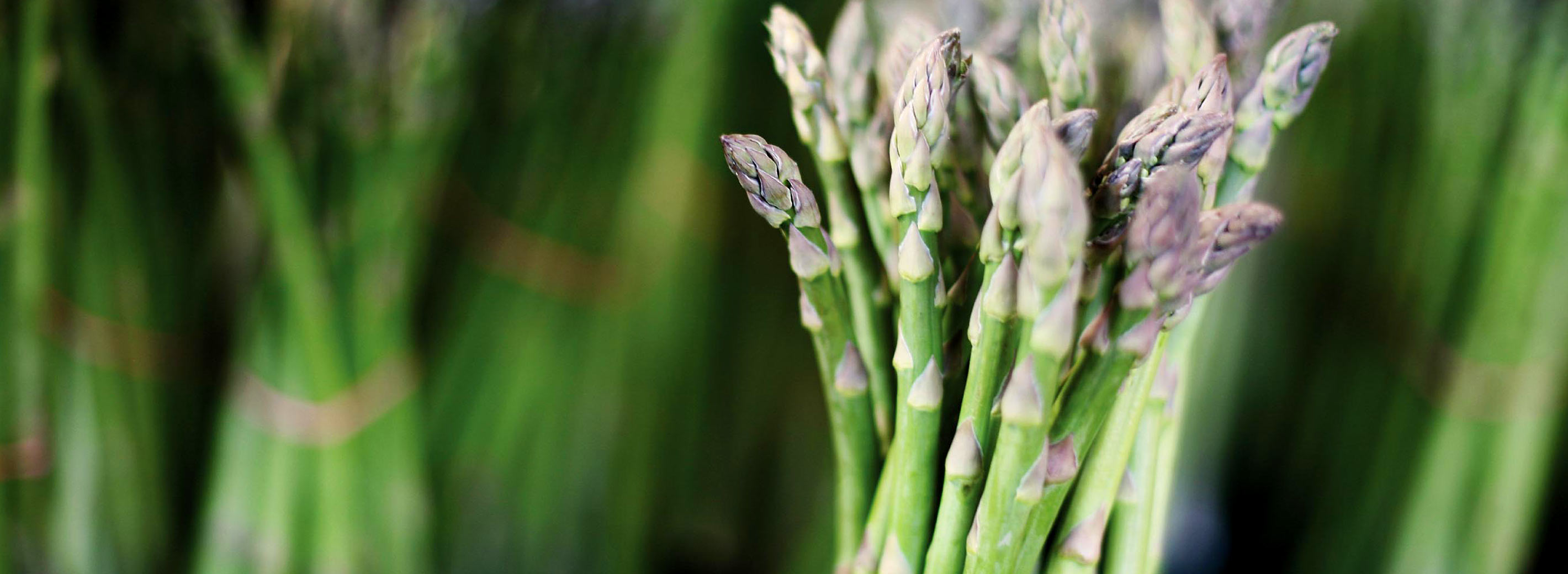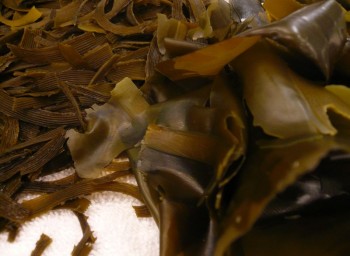Silky Sea Palms (seaweed) and California Kombu (kelp) This summer, Director of Specialty Culinary Programs Jim Dodge and longtime Bon Appétit friend and author Raghavan Iyer toured the country to help host Bon Appétit Management Company’s Vegan Chef Trainings. I joined the Northern California Training, held at eBay’s headquarters in San Jose. It was a fun and flavorful affair! It was especially exciting to see the variety of ingredients with which Bon Appétit chefs cook. Many, such as seaweed, house-made seitan, and nut butters, are less mainstream but nonetheless nutritious and delicious. In this post, I include two of my favorite recipes from the Training. Please enjoy and let us know what you think!

Blog: Food and Drink
+ Blog Categories
Saving our Seafood and the Climate: How We Can Make a Difference
- Blog
In my last vlog, I talked about a few food issues that stand out to me as some of the bigger challenges we face. In this vlog, I talk about two of those issues—the depletion of wild seafood and climate change—and give suggestions of what we as consumers can do to make a difference.
What I Didn’t Know About My Food
- Blog
Most of my work for Bon Appétit this past month and a half has been research-oriented. Since I’m going to be working with farmers and speaking to students about issues of food sustainability, I need to understand the issues themselves well. Here are a few facts I’ve learned thus far… More to come in my next vlog!
Attention Sushi Lovers
- Blog
A reporter I worked with once complained that, whenever he did a story about food, there was always something “new” he wasn’t supposed to eat. With the launch of sustainable sushi pocket guides this month, sushi is now coming under serious scrutiny. Suddenly, there are “new” items on the conscientious eater’s list to avoid. The problem with sushi is that most, by volume, is limited to shrimp, tuna, salmon and eel. You might think twice about eating salmon sushi if you know there’s no such thing as sustainably-raised farmed salmon (most salmon, sake, and its roe, ikura, is farmed salmon). And rare is a sushi meal without tuna of some kind. Half of the sushi vendors we surveyed recently were using a sustainable form of tuna; the other fifty percent were not. If you use the sushi guides, they can […]
